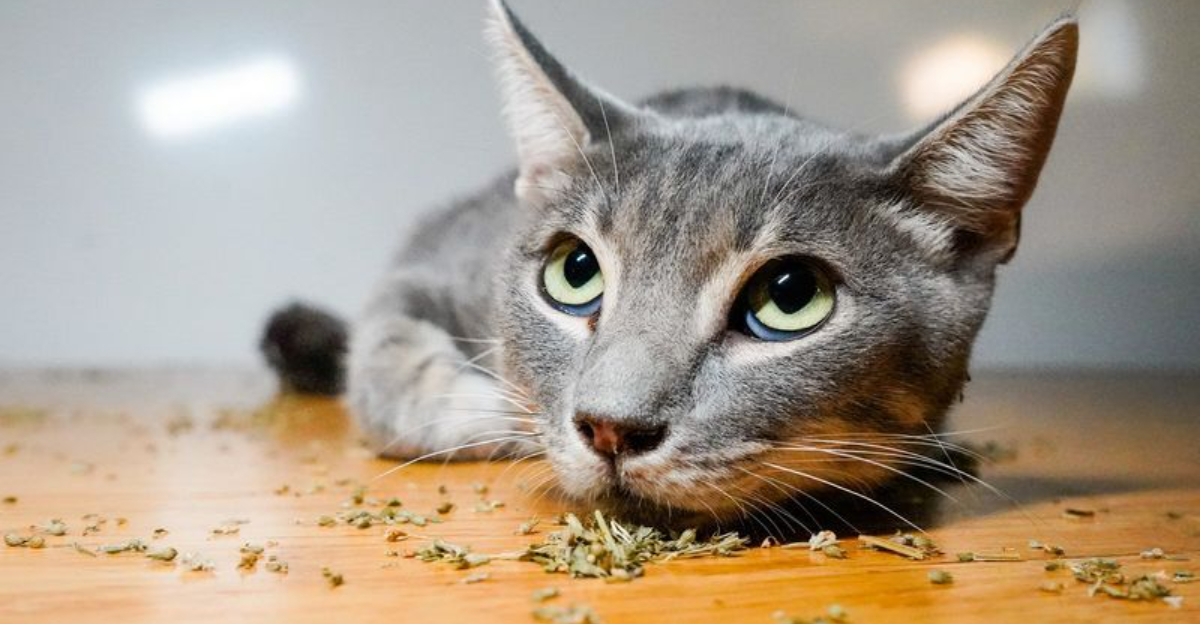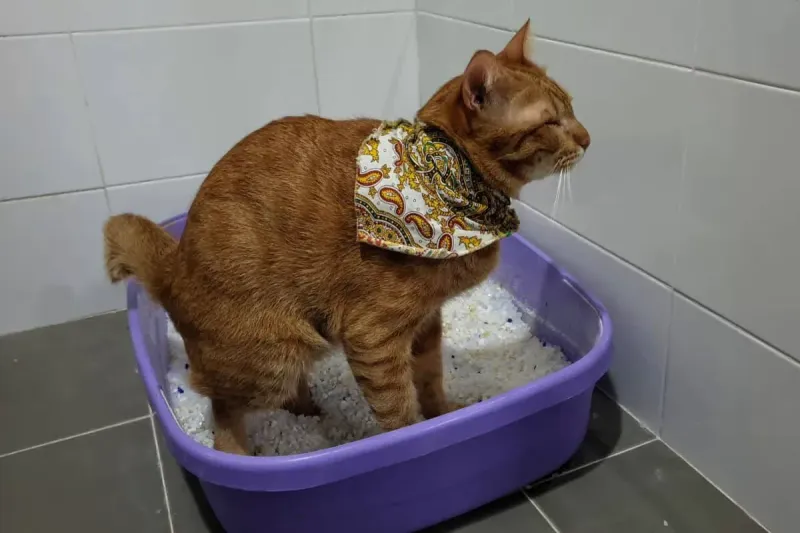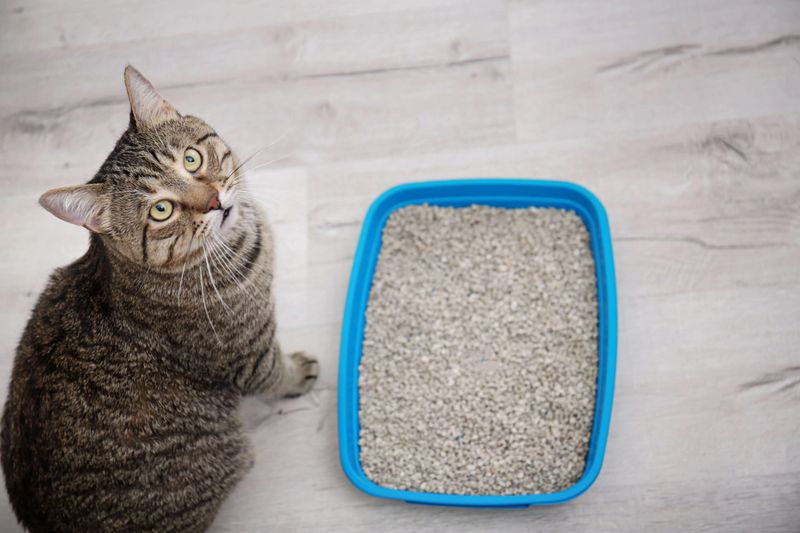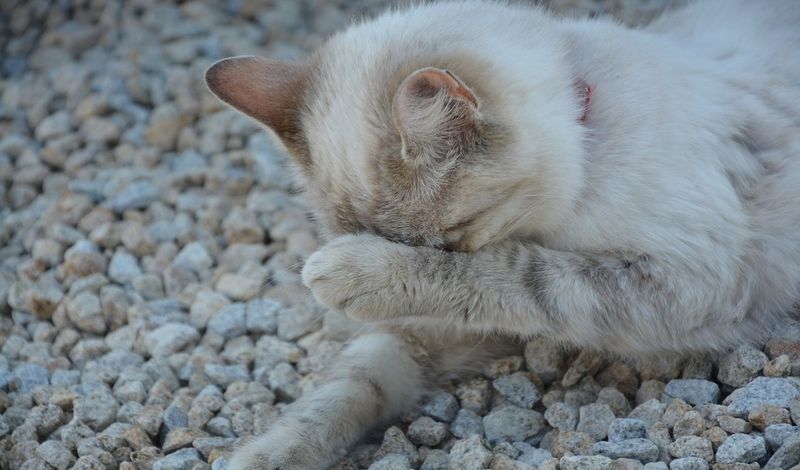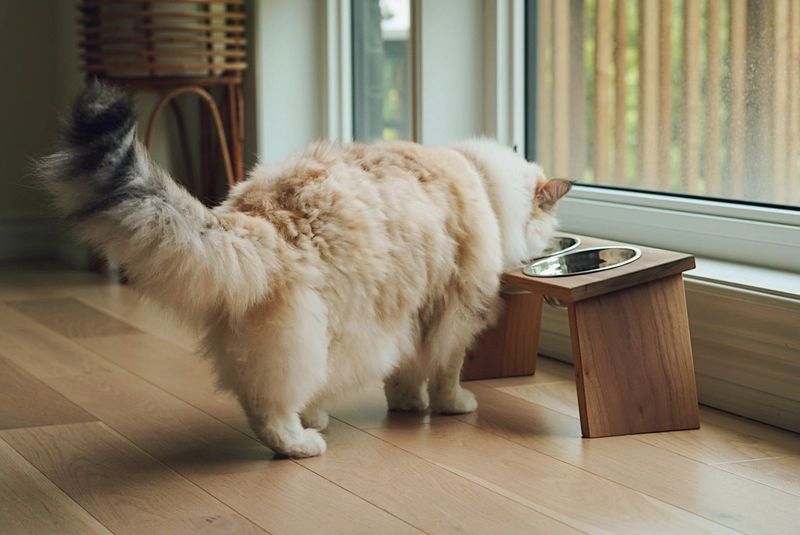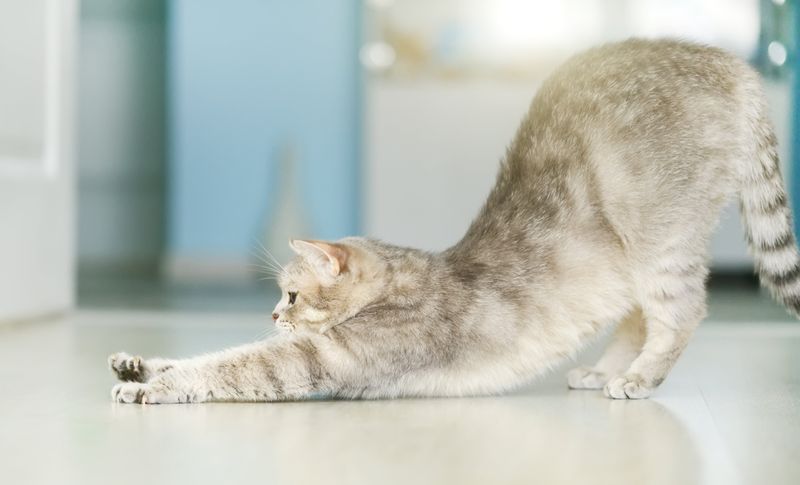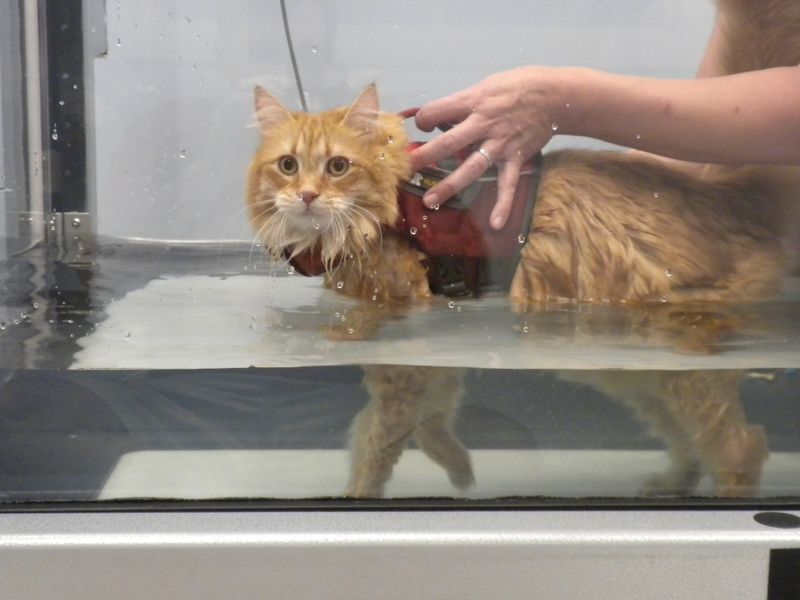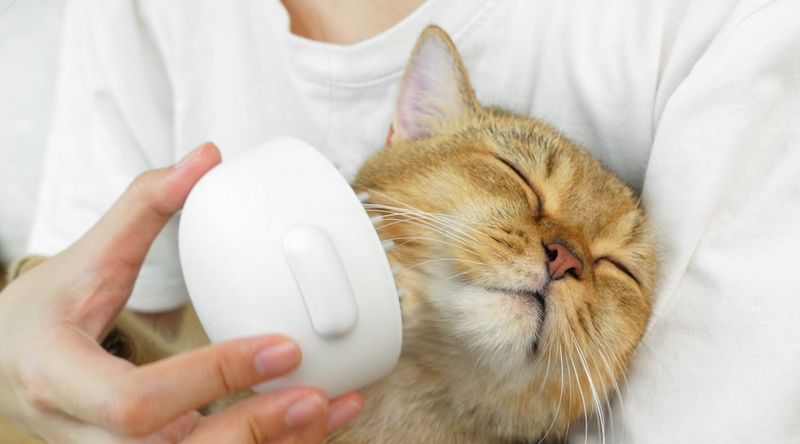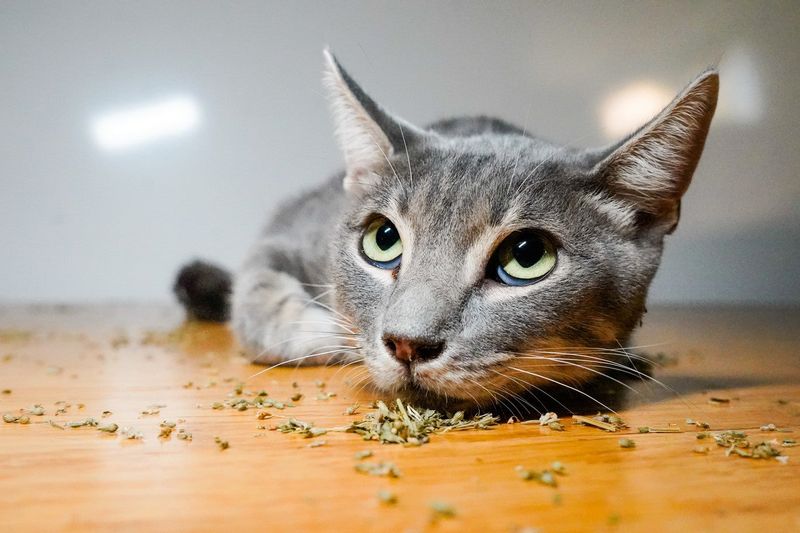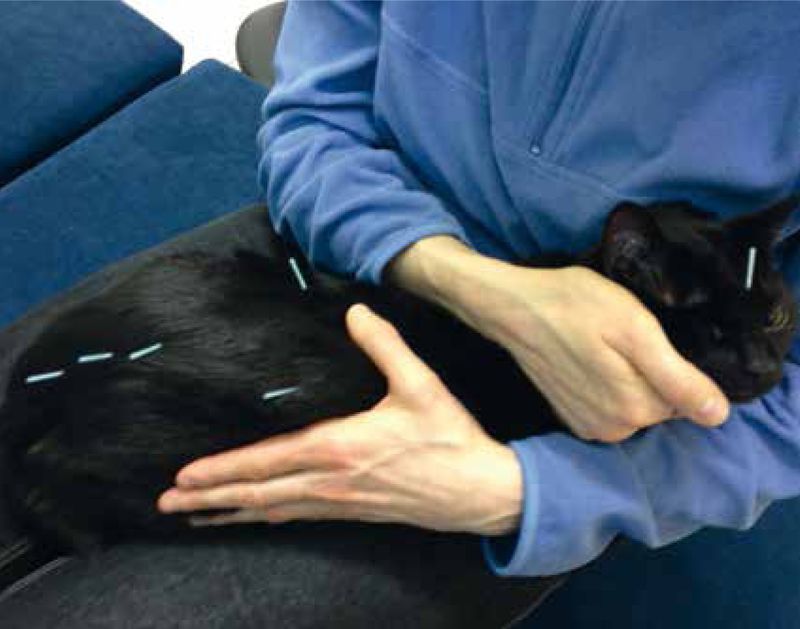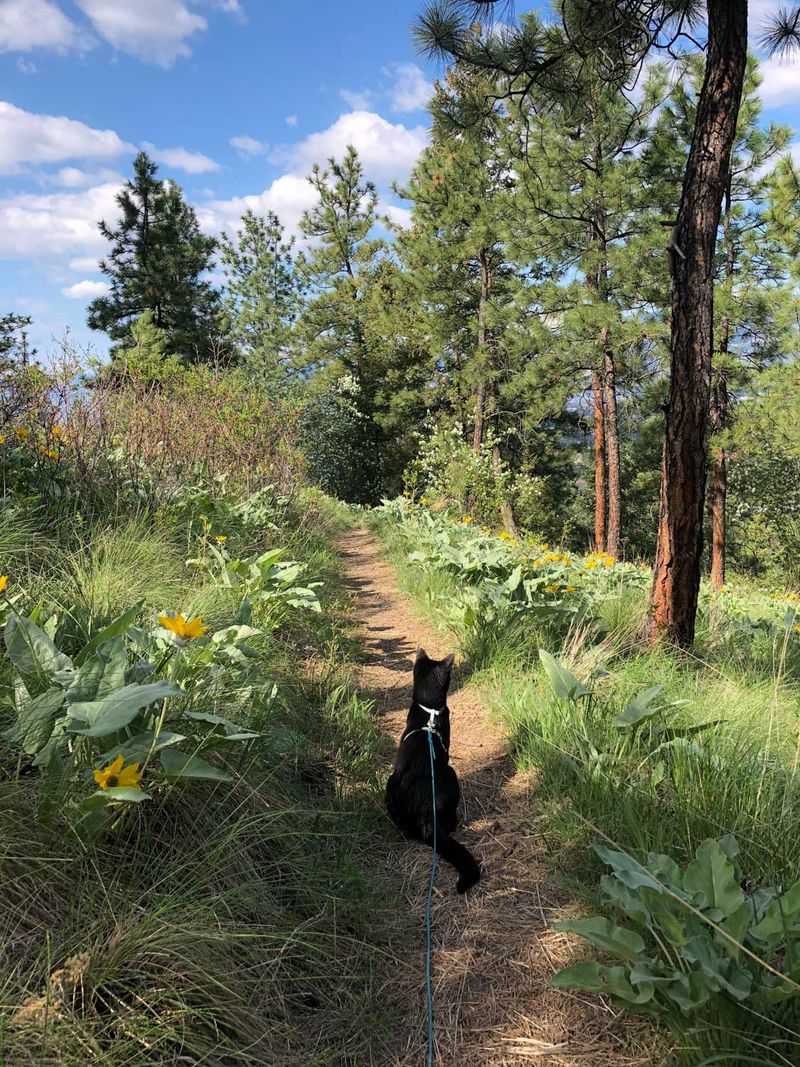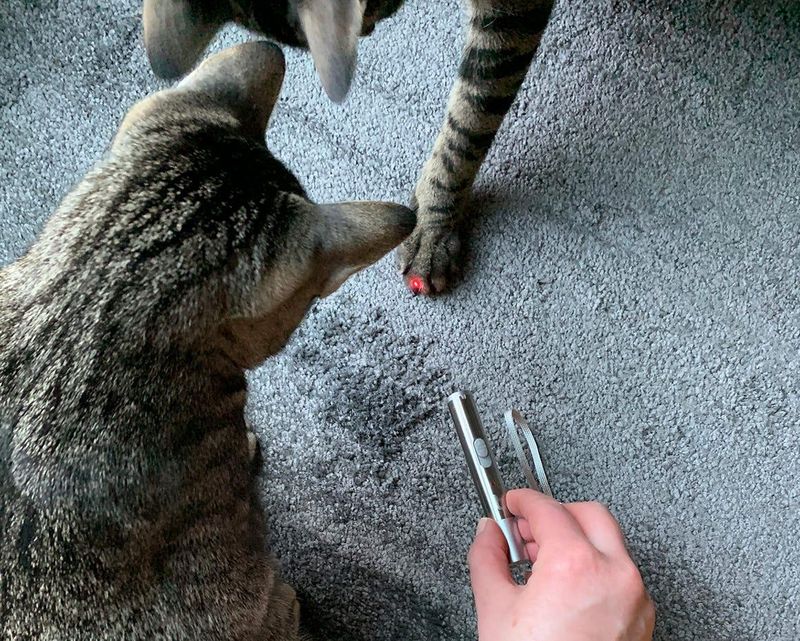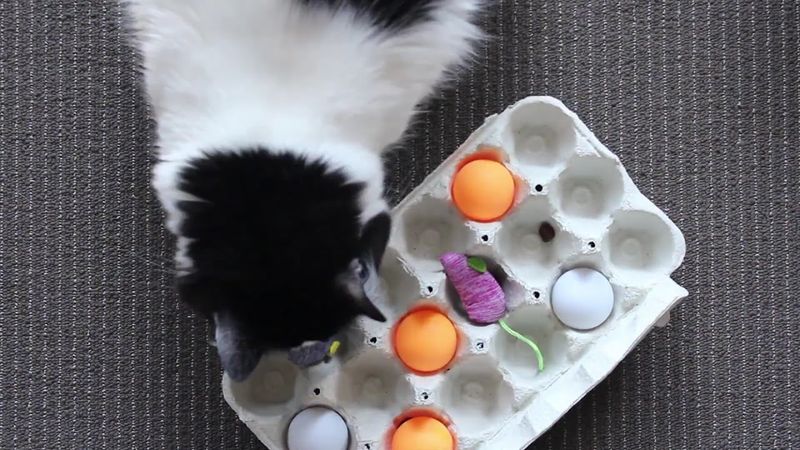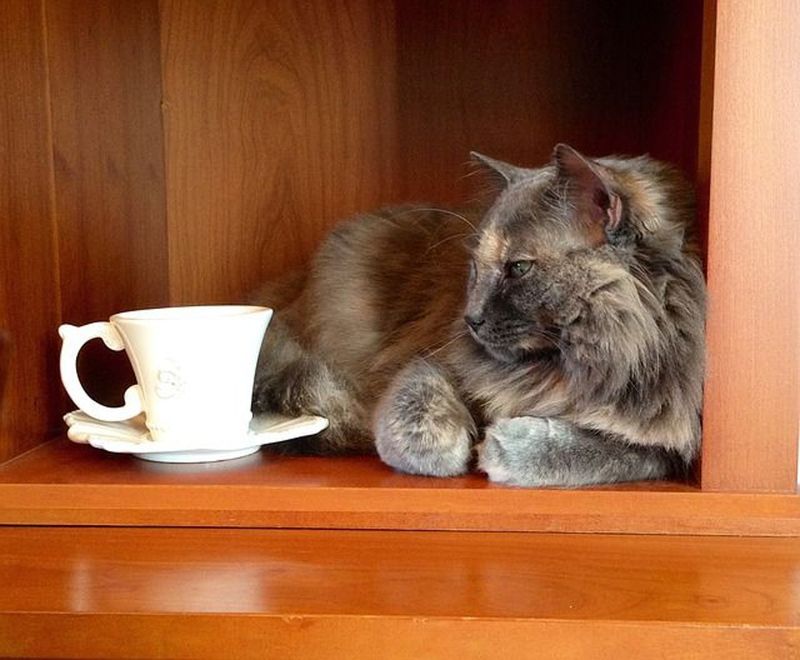📖 Table of Content:
- 1. Signs of Constipation
- 2. Causes of Constipation
- 3. Treatments for Constipation
- 4. Interactive Feeding Stations
- 5. Workout Sessions
- 6. Hydrotherapy Sessions
- 7. Whisker-Tickling Massage
- 8. Catnip-Infused Relaxation
- 9. Feline Acupuncture Therapy
- 10. Nature Walk Adventures
- 11. Laser Pointer Chase
- 12. DIY Puzzle Feeders
- 13. Herbal Teas for Cats
Constipation is a common but often overlooked issue in cats. While it might seem minor at first, it can cause significant discomfort and lead to more serious health problems if left untreated. If your cat is straining in the litter box, producing hard, dry stools, or going days without a bowel movement, these could be signs that something isn’t right with their digestive system.
There are several possible causes of constipation in cats, including dehydration, lack of exercise, hairballs, or even underlying medical conditions. The good news is that many cases can be managed or even prevented with the right combination of diet, activity, and home care. Understanding what to look for and how to respond is key to keeping your cat comfortable and healthy.
In this article, we’ll walk you through 13 important signs, causes, and treatment options for feline constipation. From dietary adjustments and hydration tips to fun solutions like puzzle feeders, massages, and even herbal remedies, you’ll find practical advice to help your cat feel better and stay regular.
1. Signs of Constipation
Recognizing the signs of constipation in cats is crucial for timely intervention. If a cat goes more than two days without a bowel movement, it may be constipated. While in the litter box, the cat might strain without producing stool, indicating a struggle. Additionally, the stool might be hard, dry, and pebble-like, making it painful for the cat to pass. Owners might notice their cat crying or vocalizing during defecation, a clear sign of discomfort. Such behavior, combined with lethargy or hiding, suggests that the cat is experiencing distress from constipation. Early detection can lead to easier management of this condition.
2. Causes of Constipation
Constipation in cats can be caused by multiple factors. Dehydration is a primary cause, as insufficient water intake leads to harder stools making them difficult to pass. Hairballs or excessive grooming can also result in intestinal blockages, especially in long-haired breeds. Obesity or lack of exercise slows down digestion, further complicating bowel movements. Additionally, underlying medical issues like arthritis, which impedes the cat’s ability to posture, or conditions such as megacolon or neurological problems, can exacerbate constipation. Understanding these causes helps in tailoring effective preventive strategies to keep your cat healthy.
3. Treatments for Constipation
Treating constipation in cats involves several strategies. Increasing hydration by adding water to their food or providing a pet fountain encourages them to drink more. A high-fiber diet or prescription food can help regulate bowel movements, making defecation easier. In some cases, veterinarians prescribe laxatives or stool softeners like lactulose to aid passage. Regular exercise and play are also essential, as they stimulate gut movement and promote overall health. By maintaining these practices, owners can effectively manage and prevent constipation, ensuring their feline friends remain comfortable and happy.
4. Interactive Feeding Stations
By encouraging natural foraging behaviors and movement, these stations can help relieve constipation. Puzzle feeders are a great way to enhance your cat’s routine. They require your cat to use both their mind and body, which can support healthy digestion. Turning mealtime into an interactive challenge helps promote regular bowel movements in a fun, natural way. Introducing a variety of puzzle feeders keeps things fresh and interesting for your cat. Not only does this support digestive health, but it also provides environmental enrichment, making feeding time more stimulating and rewarding.
5. Workout Sessions
Regular workout sessions are essential for cats dealing with constipation, as physical activity helps stimulate intestinal movement and promotes healthy digestion. Engaging your cat in short play sessions throughout the day—using toys like feather wands, laser pointers, or interactive balls—can encourage them to move, stretch, and jump, all of which help get their digestive system working more efficiently. Even 10–15 minutes of active play a couple of times a day can make a noticeable difference. Encouraging climbing with cat trees or using food-dispensing toys during play can add extra motivation and keep your cat both mentally and physically engaged.
6. Hydrotherapy Sessions
The buoyancy of water supports the cat’s body, reducing stress on joints while encouraging gentle exercise. A professional hydrotherapist can guide your cat through these sessions, making sure the experience is safe and enjoyable. This therapy can help relax muscles and improve intestinal motility, aiding in the natural movement of the bowels. While hydrotherapy might not be the first choice for many cat owners, it offers a non-invasive and effective method to complement traditional treatments. Discuss with your vet whether hydrotherapy could be beneficial for your cat’s digestive health.
7. Whisker-Tickling Massage
Gentle abdominal massage can be a helpful home remedy for cats experiencing constipation. Using light pressure, you can softly rub your cat’s belly in slow, circular motions to help stimulate the digestive tract and encourage bowel movements. It’s best to do this when your cat is relaxed—perhaps after a meal or during a calm cuddle session. Always be gentle and watch for signs of discomfort; if your cat seems tense or resists touch, stop immediately. While massage can aid mild cases, it should be used as a supportive measure alongside proper hydration, diet, and exercise, and not as a replacement for veterinary care if the issue persists.
8. Catnip-Infused Relaxation
Catnip can be a fun and natural way to encourage movement in constipated cats. When some cats are exposed to catnip, they become more active—rolling, running, pouncing, and playing—which helps stimulate their digestive system and can support more regular bowel movements. For cats that respond to it, offering catnip toys or sprinkling dried catnip on a play mat can kickstart a playful workout session. However, not all cats are affected by catnip, and some may react with overstimulation or become too relaxed. Use it in moderation and observe your cat’s response to see if it’s a helpful addition to their constipation-relief routine.
9. Feline Acupuncture Therapy
This method involves inserting thin needles into specific points on the body to stimulate energy flow and promote healing. It can help enhance bowel movement and ease digestive discomfort. Many cat owners find that their pets are surprisingly receptive to acupuncture sessions, often relaxing and even purring during treatment. While it might sound unusual, acupuncture has been acknowledged for its potential benefits in reducing inflammation and improving gastrointestinal function. If you’re considering this option, consult with a veterinary acupuncturist to understand its suitability for your cat. They can provide insights into how acupuncture may complement other treatments and improve your cat’s quality of life.
10. Nature Walk Adventures
Taking your cat for walks—yes, it’s possible!—can be a great way to support their digestive health, especially when dealing with constipation. Using a comfortable harness and leash, outdoor walks provide both physical exercise and mental stimulation, which help promote healthy bowel movements. The new sights, smells, and textures can also reduce stress, which can sometimes contribute to digestive issues. Start with short, quiet strolls in a safe area, and let your cat explore at their own pace. Over time, these walks can become a fun and healthy routine that encourages regular movement and supports your cat’s overall well-being.
11. Laser Pointer Chase
Chasing a laser pointer is a fantastic way to get your cat moving, which can help relieve constipation by stimulating their digestive system. The quick, darting movement of the laser light taps into your cat’s natural hunting instincts, encouraging them to run, pounce, and stay physically active. This kind of cardio-style play not only burns energy but also promotes gut motility, which is key for easing constipation. Just be sure to end the session by letting your cat “catch” a real toy or treat to avoid frustration. A few minutes of laser pointer play each day can go a long way in keeping things moving—literally!
12. DIY Puzzle Feeders
A DIY puzzle feeder is an easy and affordable way to keep your cat mentally engaged and physically active—both of which can help with constipation. You can make one at home using simple items like a cardboard egg carton, muffin tin, or even a clean plastic bottle with holes cut into it. Just fill the compartments or bottle with small portions of your cat’s dry food or treats, and let them work to paw or nose the food out. This type of feeder encourages natural foraging behavior, slows down eating, and gets your cat moving, all of which support healthier digestion and more regular bowel movements.
13. Herbal Teas for Cats
Certain herbal teas can be safely used in small amounts to help support your cat’s digestion and relieve mild constipation—but always consult your vet before introducing any herbs. Chamomile tea, for example, has gentle soothing properties that can relax the digestive tract and reduce stress, which may contribute to better bowel movements. Slippery elm tea is another option, often recommended by holistic vets for its natural ability to coat and soothe the intestines. Always use caffeine-free, unsweetened, and lightly steeped herbal teas, and offer just a teaspoon or two at a time, either mixed into food or served separately. Again, check with your vet to ensure it’s appropriate for your cat’s specific needs.
